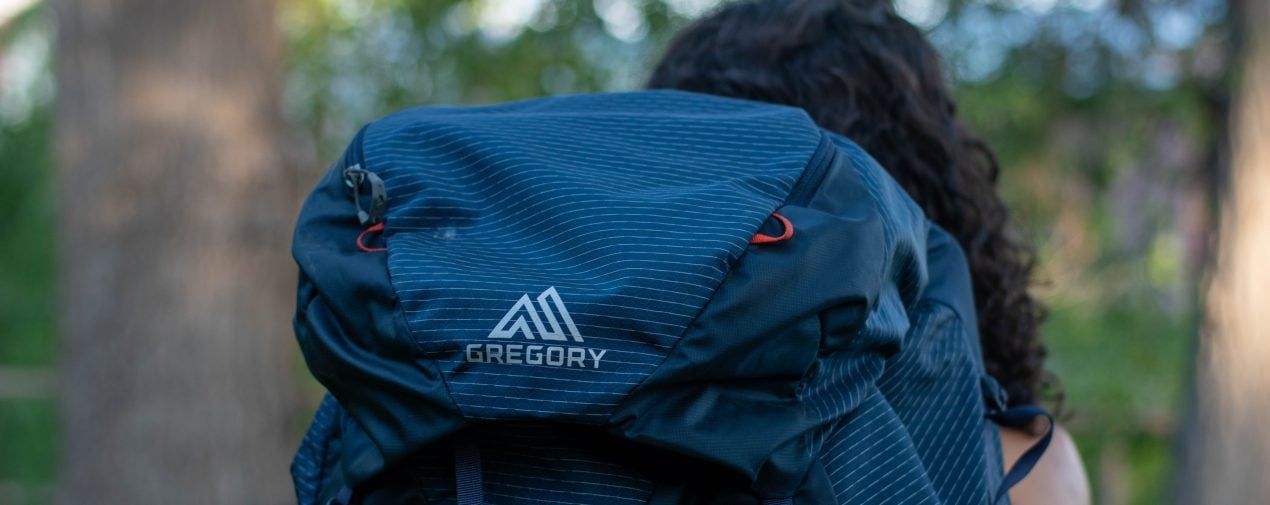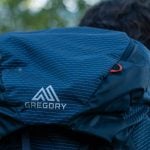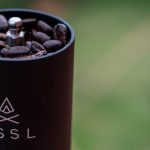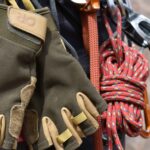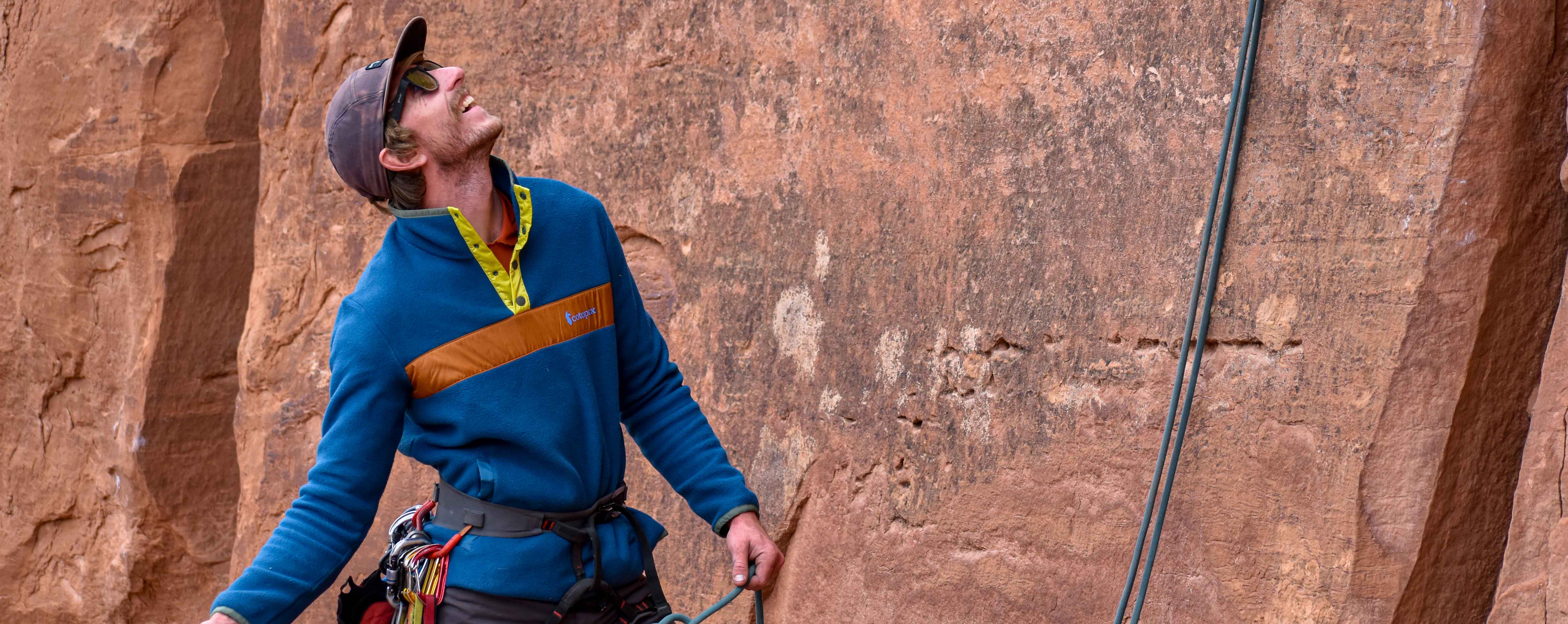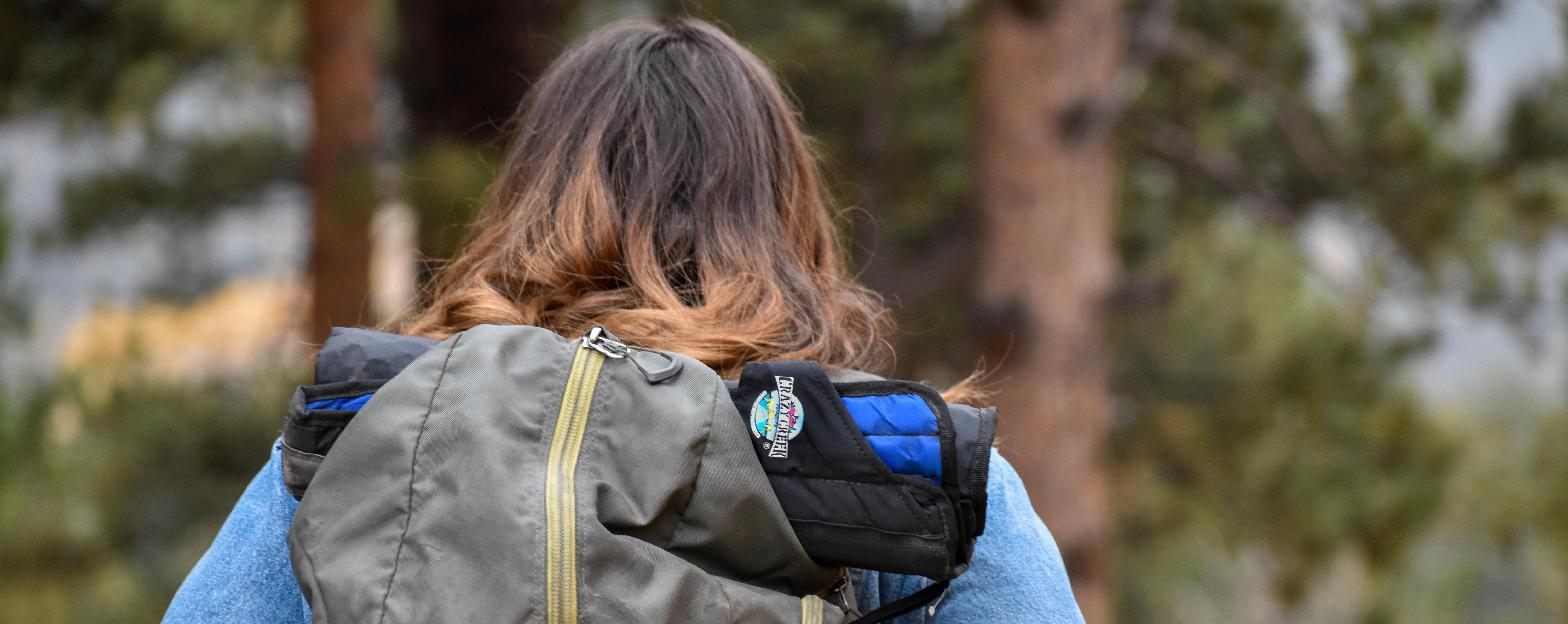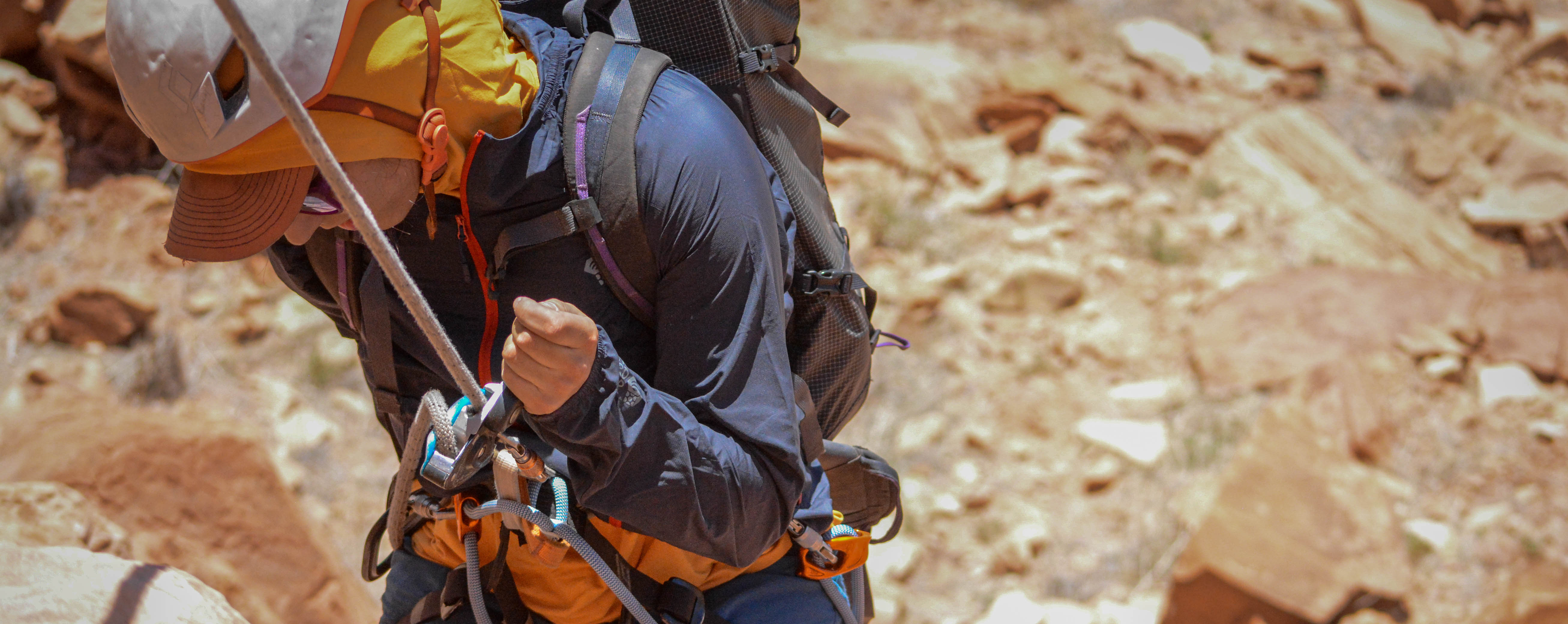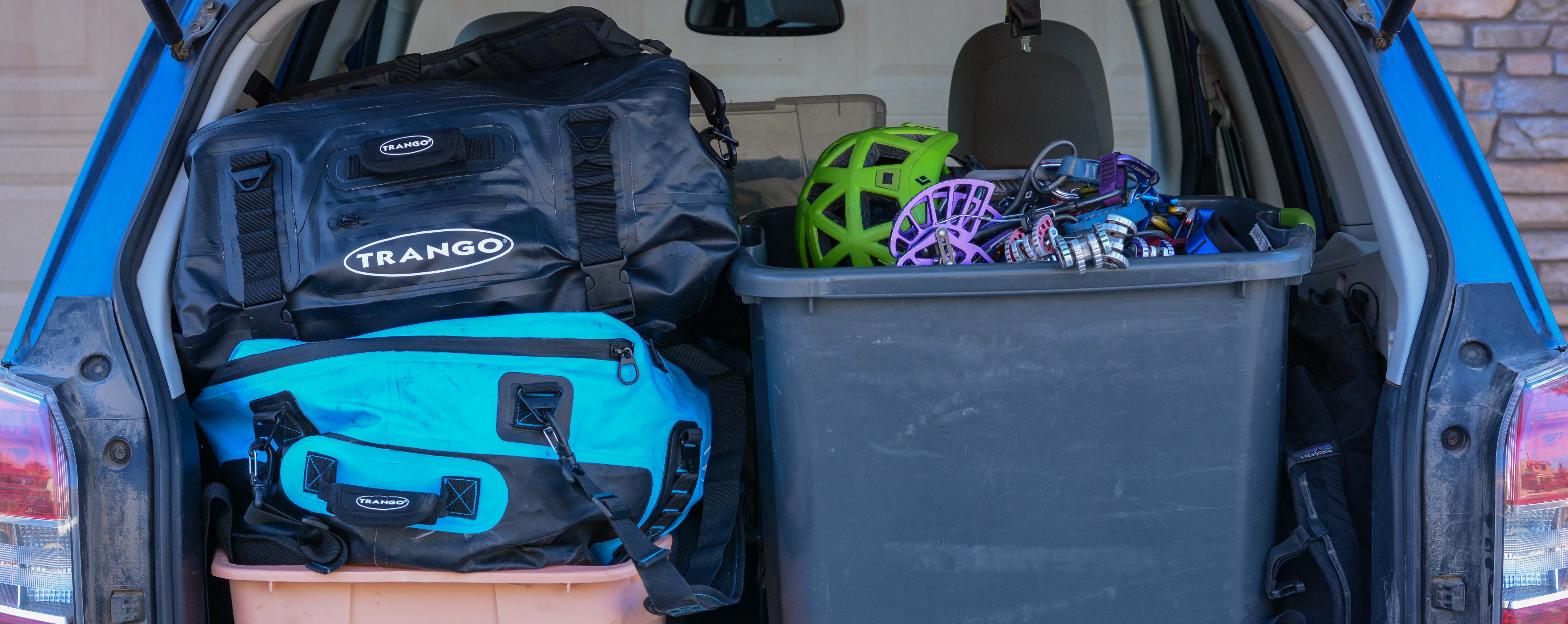ProView – Gregory Paragon 70 Review
Regardless of which outdoor sport you pursue, having the right gear for the job tends to make the activity more fun (and often more safe). Think Totems for big wall climbing, fat skis for powder riding, or a lock-out suspension for big climbs. None of these are (arguably) 100% necessary – lots of them didn’t exist in the past! I think backpacks fall into the same category.
Gregory Paragon 70
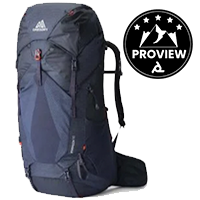
Product Name: Gregory Paragon 70
Product Description: If you’re looking for capacity and comfort, the Paragon 70 is for you. Ideal for long treks and carrying larger loads, this pack goes big on features and is light on weight.
Offer price: MSRP: $320
Currency: USD
-
Quality
(5)
-
Features
(5)
-
Fit
(5)
-
Durability
(4)
Summary
The Gregory Paragon is a feature-packed, ultra-modern backpacking pack that will help you be comfortable for a weekend or carry a week’s worth of food. And, it’ll look good doing it.
Overall
4.5Pros
- So many pockets!
- Extremely comfortable
- Thoughtful design
Cons
- Not everyone may love the color options
My partner and I each have about half a dozen packs. These range from tiny hip packs for mountain biking to 80L+ packs for schlepping gear to the base of climbs. Both sides of the equation can be pretty annoying: having a 75L pack for a one-night overnight feels quite bulky, and having to hang gear on the outside of an under-sized daypack can be very annoying.
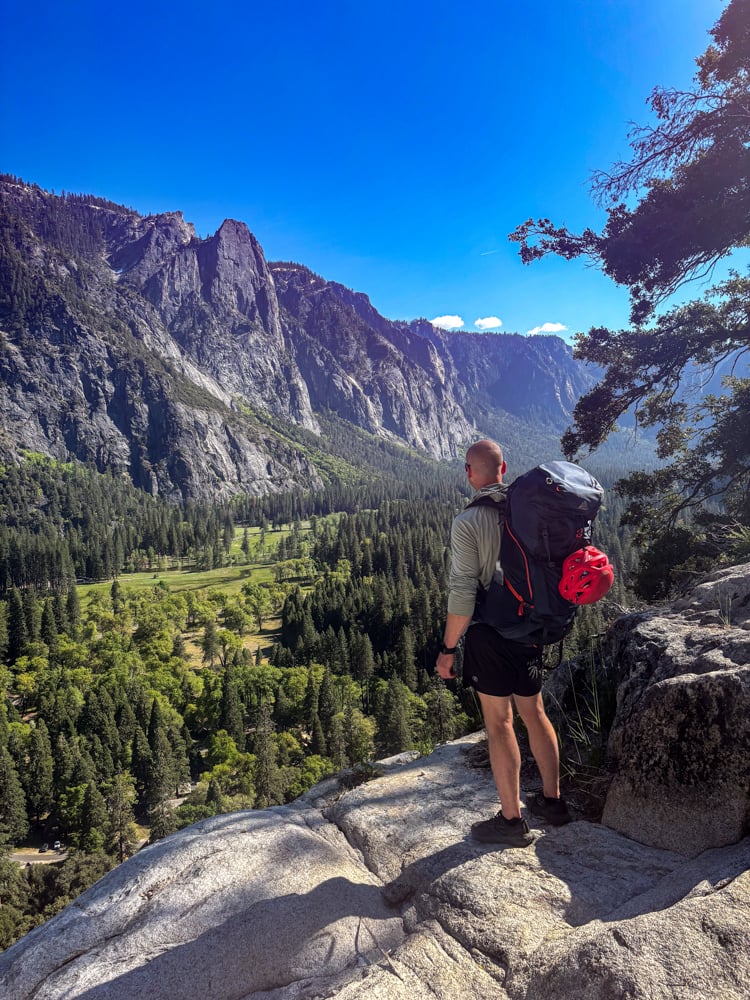
This pack fits squarely into the multi-day, long-weekend, week-long backpacking trip category. I had the ability to test this pack carrying 80 pound loads to rock climbs and on a few-short (hard-earned) backpacking excursions. I was able to test it in hot conditions in Yosemite and the pouring rain of the New Mexican high desert, and the Paragon performed immaculately in both!
Performance
First, let’s get the terrain this backpack operates in down. The Paragon comes in three different sizes: 50, 60, and 70L. A 50L pack is on the bigger end of what most people will require for a weekend, and a 70L pack is on the smaller side of what some people will need for a week or more. So many things will affect what size backpack one needs for which trip length – activities planned, sleeping system, climate, expected weather, children, dogs – so be sure to test out how much space you really need.
For my use case, I really wanted to test this backpack as an expedition-style pack, one that could be used to access remote locations for a week or more. While I wasn’t able to get out for quite that long, I was able to pack it as if I needed to be out that long and go for a few weekend trips!
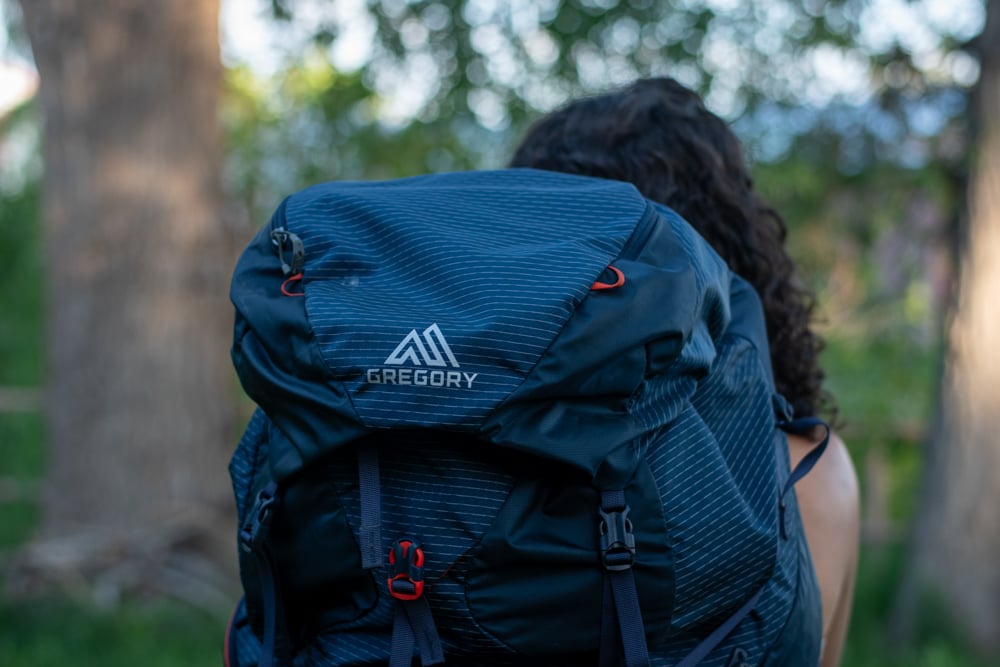
I’ll dive into specifics in each of the sections covered below, but overall I was extremely pleased with the Paragon. Its suspension system, thoughtful pocket design, and ergonomic architecture make this pack fun to use.
Look/Style
I really like the look of this pack! Mine is a dark navy/blue with bright orange accents. It’s dark enough to blend in and not be too obnoxiously loud, but the accents are nice when the sun goes down. I’m not one to care much about the look of outdoor gear – I care more if it’s functional. That said, I really do like the sleek look of the Paragon.
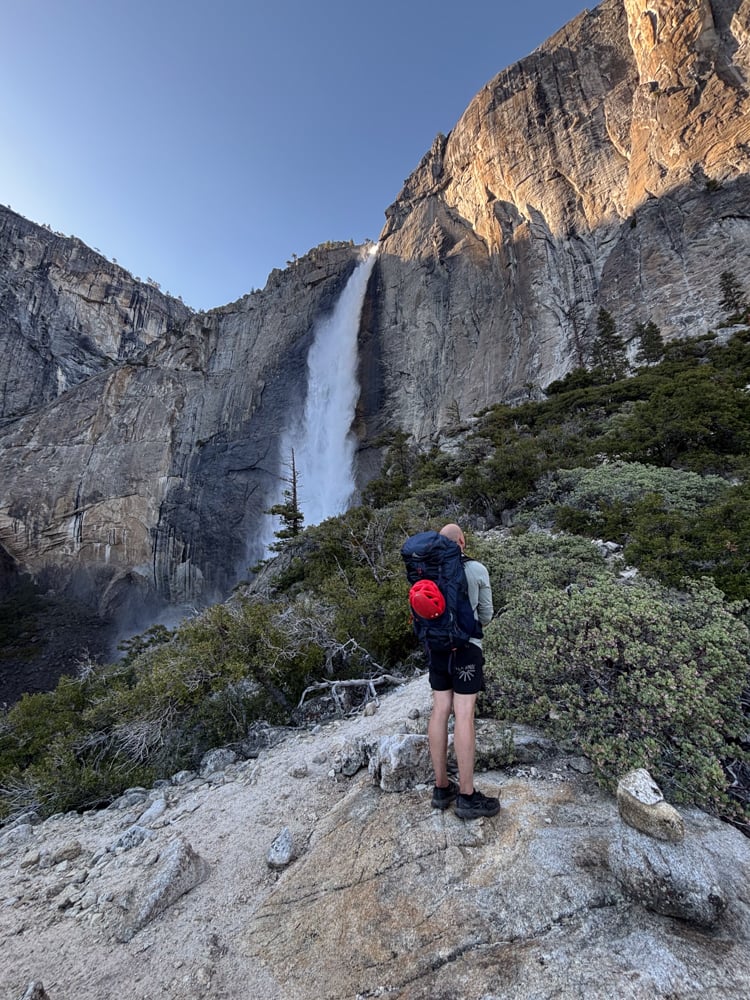
Fit/Comfort
This is precisely where this pack shines! At 5’10” and ~170 pounds, I wear the medium/large and it fits me like a glove. Height and weight are important factors, but not as important as torso length (correlated with height, but not perfectly), so make sure to check out Gregory’s Pack Fit and Sizing Guide.
The two areas where this pack really shines are in the hip belt and the mesh back panel. The hip belt is massive – in a good way – and actually supports the pack over a large enough area. I’ve had many packs in the past that skimp on the belt width to save weight and space, but the Paragon is light and features a full-width hip belt. I have relatively sensitive hips (mine are wrecked after wall climbing), but I carried the Paragon for 30 miles with no issues. As a major bonus, each side of the hip belt features a full-size pocket – big enough for a phone in a case!
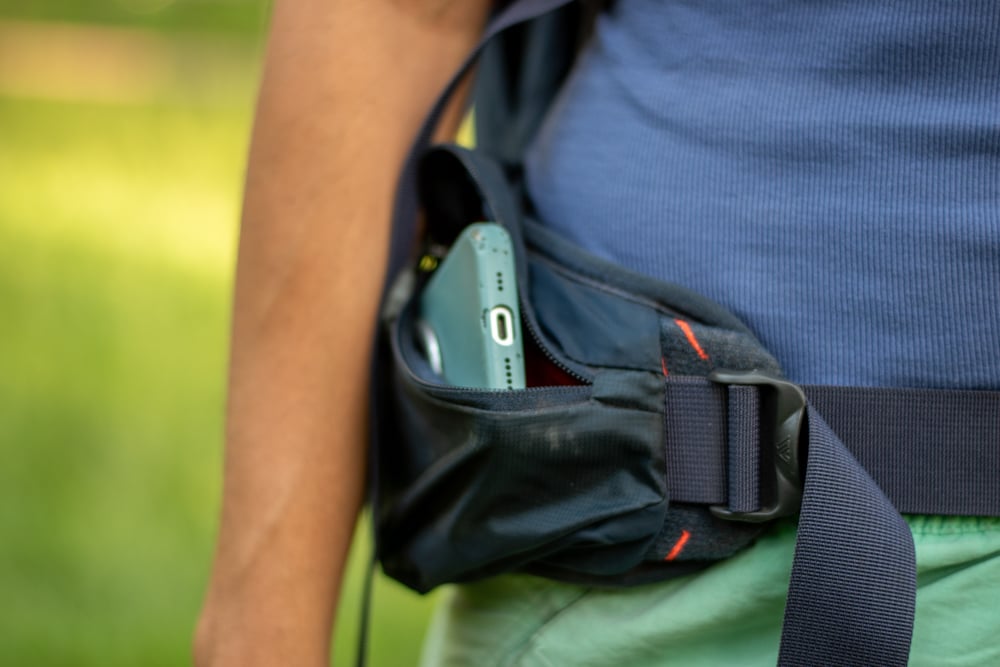
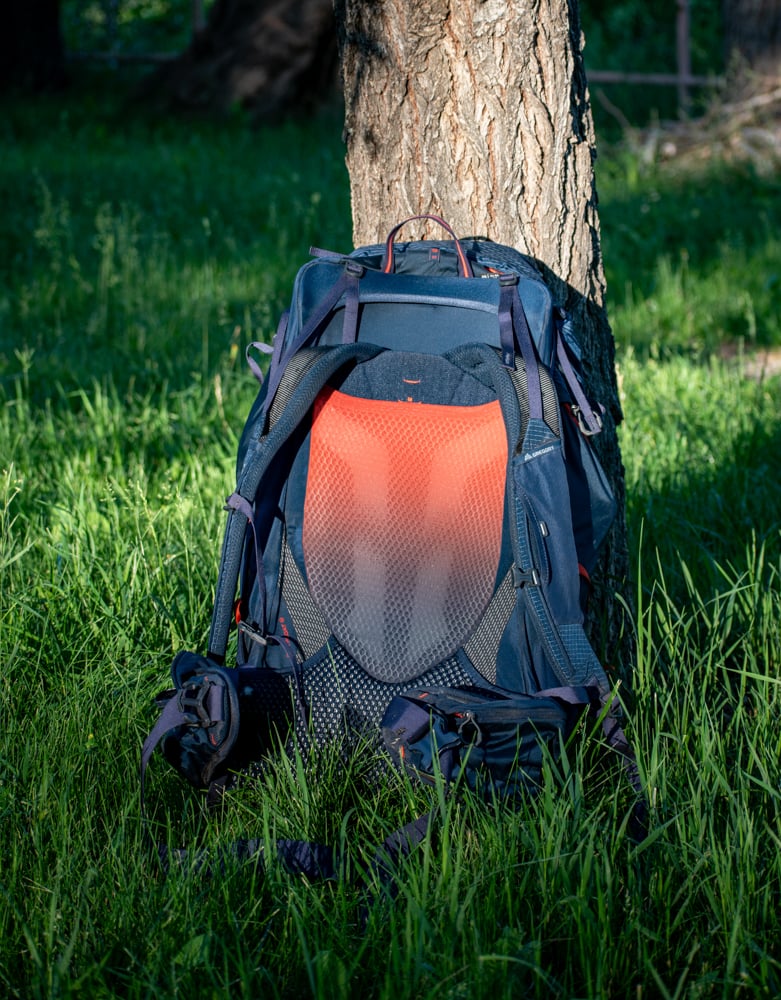
Secondly, the mesh back panel does a very effective job and cooling. The mesh back panel has seemingly become somewhat standard in high-end backpacks in the last ~5 years, and it’s a trend I’m happy to see take off. The biggest climb I used this pack on was a gnarly 1,600 foot climb up to the base of Lost Arrow Spire in Yosemite. In that instance I was carrying ~60 pounds in ~75 degree heat, but my bag never got drenched and gross.
Weight/Packability
I’ll take packability in a slightly different direction than normal – how well things pack into it as opposed to how well it packs into something else. A few key features make packing and unpacking the Paragon less frustrating than it could be.
Pockets
The Paragon features six external pockets! There are two on the hip belt, two on the side of the pack, one in the brain, and one on the back. This number really expands to eight if you count the dedicated in-Reach (or other device) pocket on the shoulder strap and the pocket on the underside of the brain. I love having so much accessible storage because I want quick access to things that I need while hiking: phone, chapstick, water, snack, headlamp, microspikes, layer, bear spray, etc. The pocket density on the Paragon makes it so I rarely have to dig into the pack to get anything out while on the move.
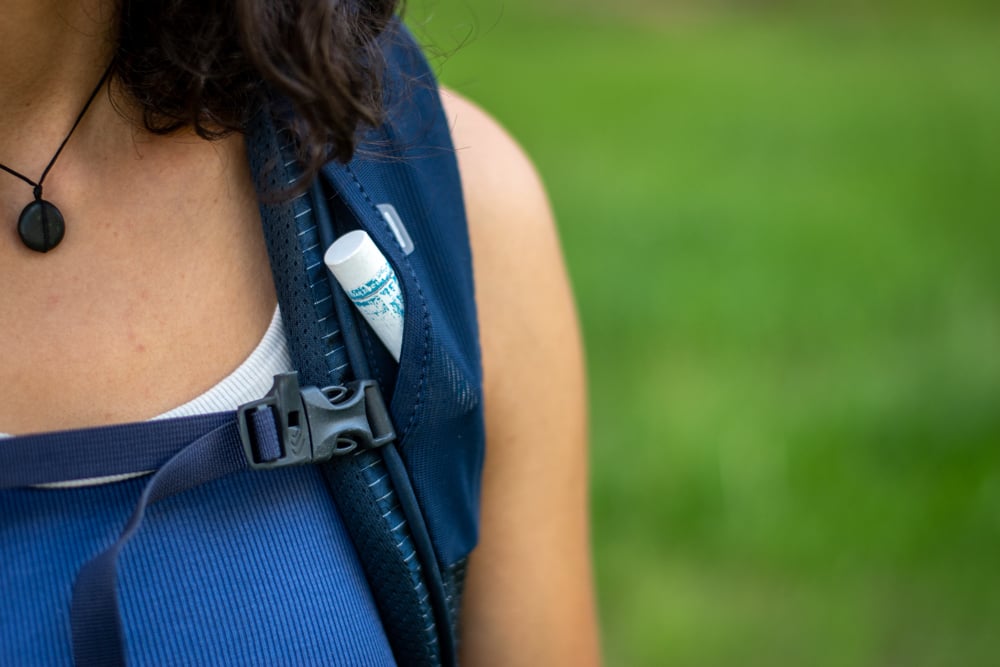
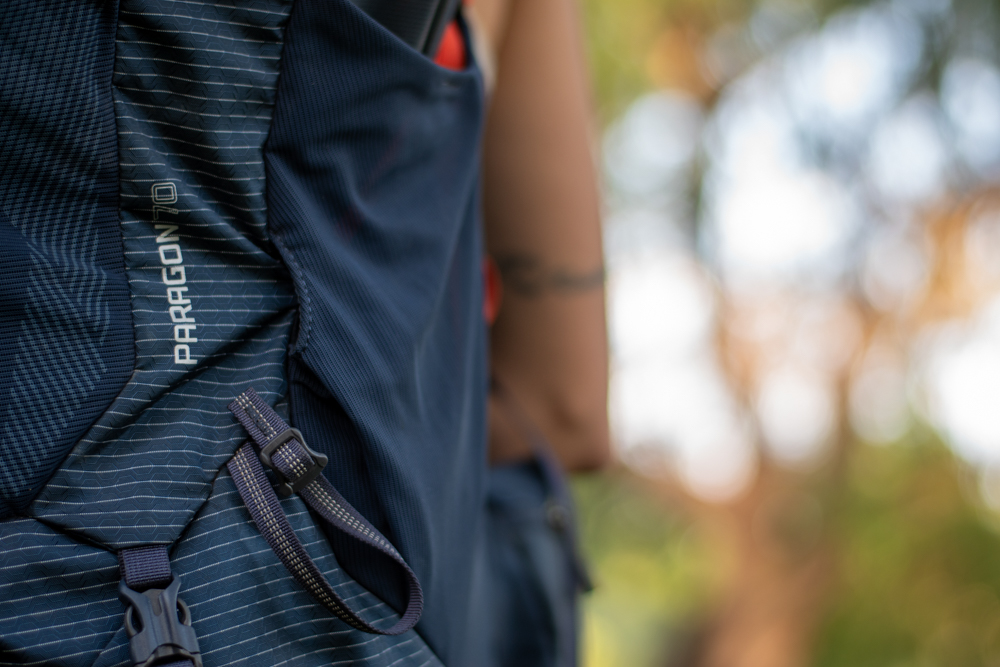
Side zipper
The left side of the pack (while wearing it) features a large, nearly full-length zipper that allows access to almost the entire inside of the pack. I’ve never had a pack with this feature (nor thought it was all that useful), but consider me converted. It’s very easy to tuck any larger items you may want access to right along that side pocket and have instant access to them. I experimented with a Jet Boil (for mid-morning coffee), a larger layer (that doesn’t comfortably fit in the front pocket), and a camera (in a case, small). All of them were much easier to locate than going in through the top.
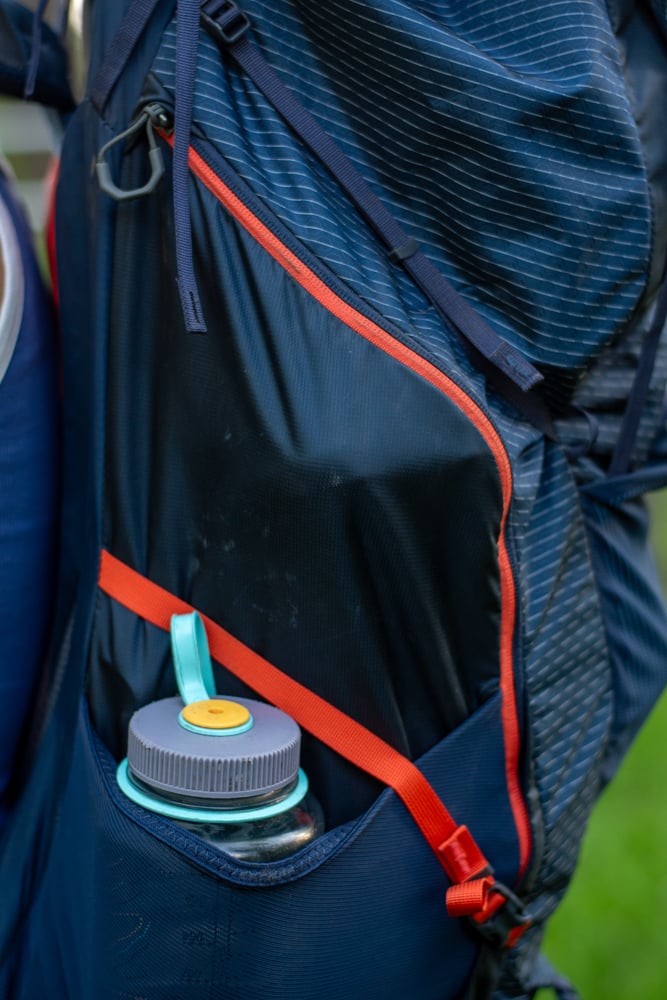
“Trail access” side pouch
One of the Paragon’s side mesh pockets is accessible from the front of the pack (as opposed to the top), making it relatively easy to stash an item there that I may need without taking the pack off – think sunglasses, paper map, water bottle. This pocket is not only bigger than the hip pocket, but it accommodates larger items without being in the way as much.
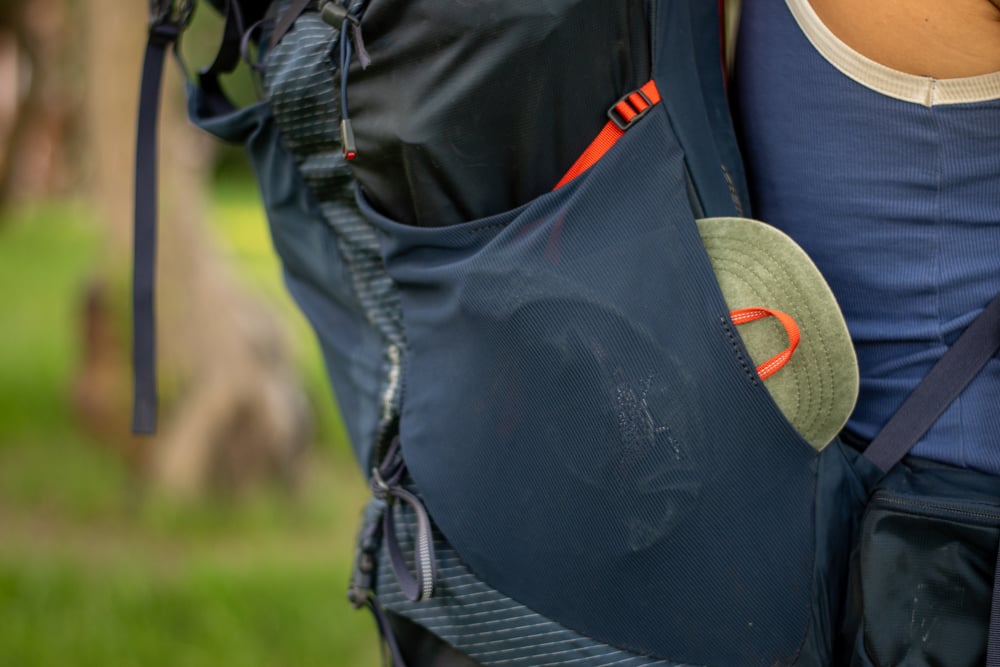
Durability/Construction
This is always a hard one to talk about because I haven’t put this pack through the paces of a few years of use. That said, I do own other Gregory products and I have had them for several years (of mostly hard usage). This pack seems to be built well, and after ~50 miles and many thousands of feet of vertical gain, it looks practically new.
Friendliness to the Earth
Like always – this is hard to judge. Gregory has taken steps toward sustainability, and the Paragon pack reflects that effort. It uses recycled fabrics in key areas and benefits from some bluesign®-approved materials. While not fully eco-friendly, durability helps reduce waste over time. The Paragon isn’t the greenest option out there, but it’s a solid move in a more responsible direction. Of note, it’s construction is PFAS free (often used, somewhat historically, in DWR treatments), which is good!
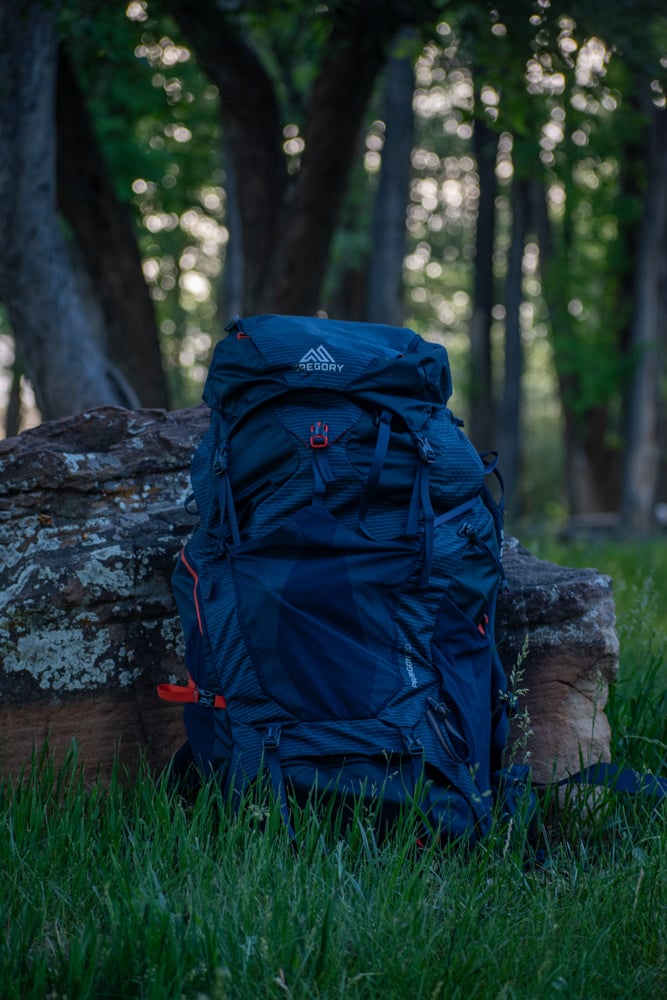
The Final Word
The Gregory Paragon is a feature-packed, ultra-modern backpacking pack that will help you be comfortable for a weekend or carry a week’s worth of food. And, it’ll look good doing it.
Shop Gregory Paragon 70 on Outdoor Prolink. Not a member? Apply today!
See other Gregory Reviews.
About the Gear Tester
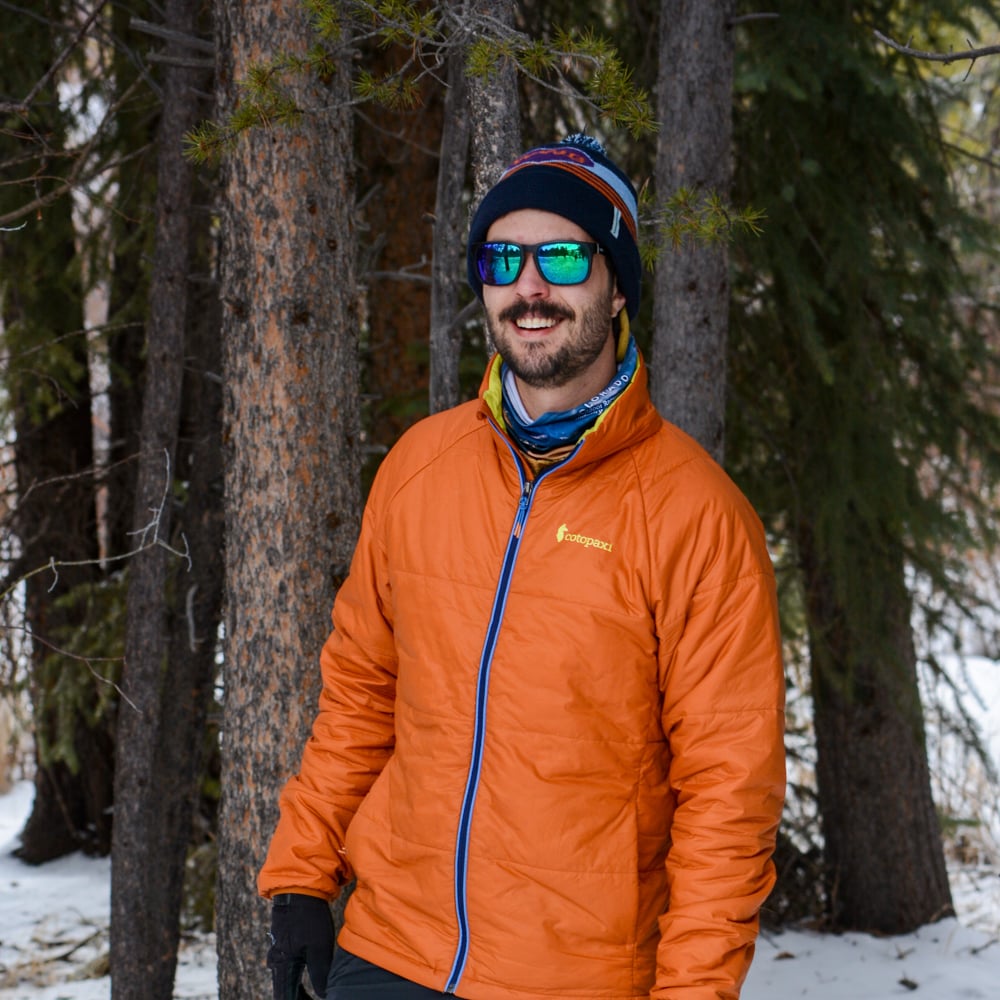
Patrick O’Hare
Patrick O’Hare is a Senior Climbing Guide at Front Range Climbing Company. He has been working in outdoor education for eight years and loves helping individuals progress in their climbing careers. You can keep up with his climbing and photography @pjophoto.

